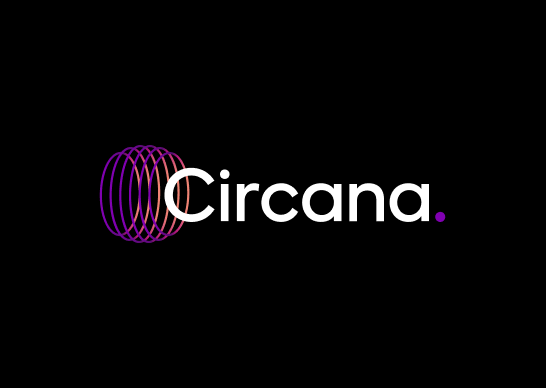- Marshal Cohen
- Oct 15
- 2 min read
Updated: Nov 14
“Invisible Inflation” emphasizes importance of product relevance as consumers prioritize spending.
CHICAGO, October 15, 2025 — The trend of diminishing demand that appeared mid-year continues, revealing shifts in consumer spending behavior spanning retail. Overall, U.S. retail sales revenue was flat across discretionary general merchandise, retail food and beverage, and non-edible consumer packaged goods (CPG) during the five weeks ending October 4, 2025, compared to the same time in 2024, while unit demand declined 2%. Dollar sales gains for the month came from retail food and beverage (up 1%), but unit sales were down across all retail segments, according to Circana, LLC.
“We are in a period of ‘Invisible Inflation.’ It appears — on the surface — as though retail sales have not realized the impact of inflation, but, in reality, consumers are pulling back on the amount of product they are buying, allowing them to spend the same overall amount even though what they are buying costs more,” said Marshal Cohen, chief retail industry advisor for Circana. “Consumers no longer have the same purchasing power they had a year ago.”

The latest demand shifts are now evident even at the macro level, and the financial strain on consumers is becoming more evident. Discretionary general merchandise retail dollar sales declined 3%, and unit demand fell 6%, compared to the same period a year ago. Retail food and beverage sales revenue was up 1%, and unit sales were down 1%. Non-edible consumer packaged goods dollars were down 1%, while unit sales declined 4%.
“Consumer prioritization means demand and spending shifts will be fickle in their impact, making it important to pay attention to more than just the big retail picture. Successful high-end product launches and promotional timing can alter sales at a product or category level, and create an inconsistent macro view,” said Cohen. “As marketers plan for the upcoming holiday shopping season and 2026, the keys to growth will be to emphasize the relevance of a product, and accelerate innovation – give the consumer a reason to prioritize their spending in your favor.”






























